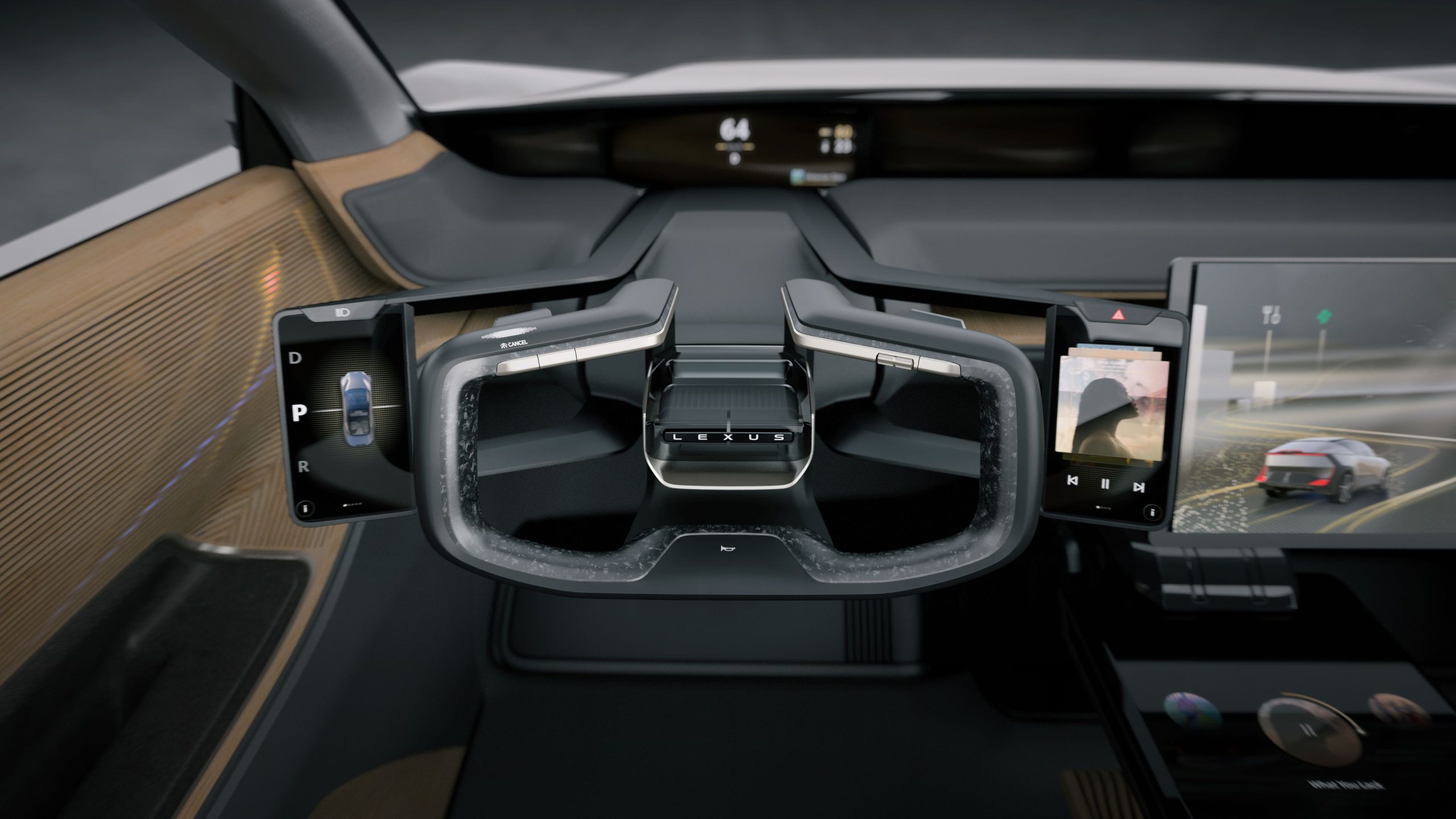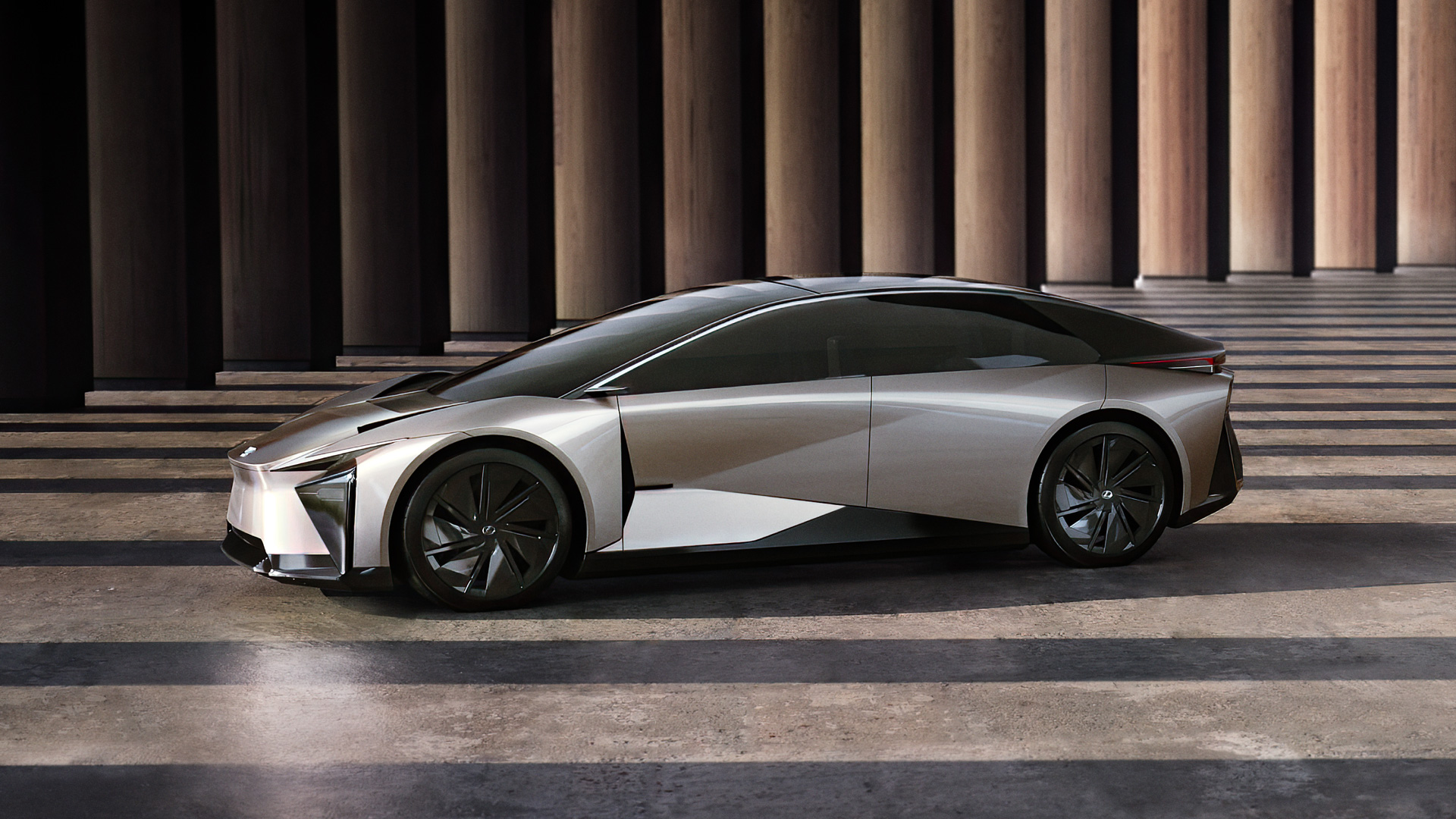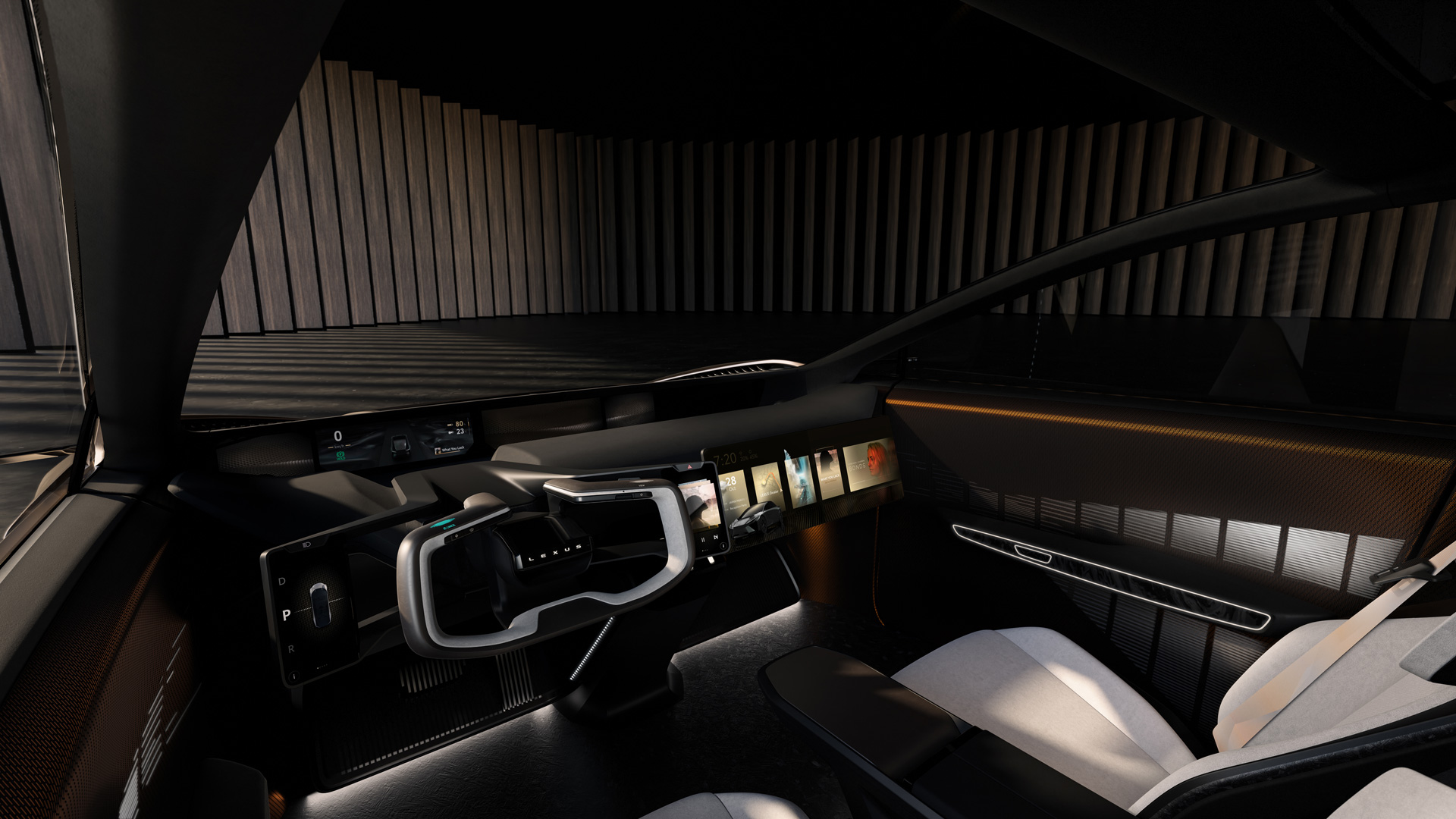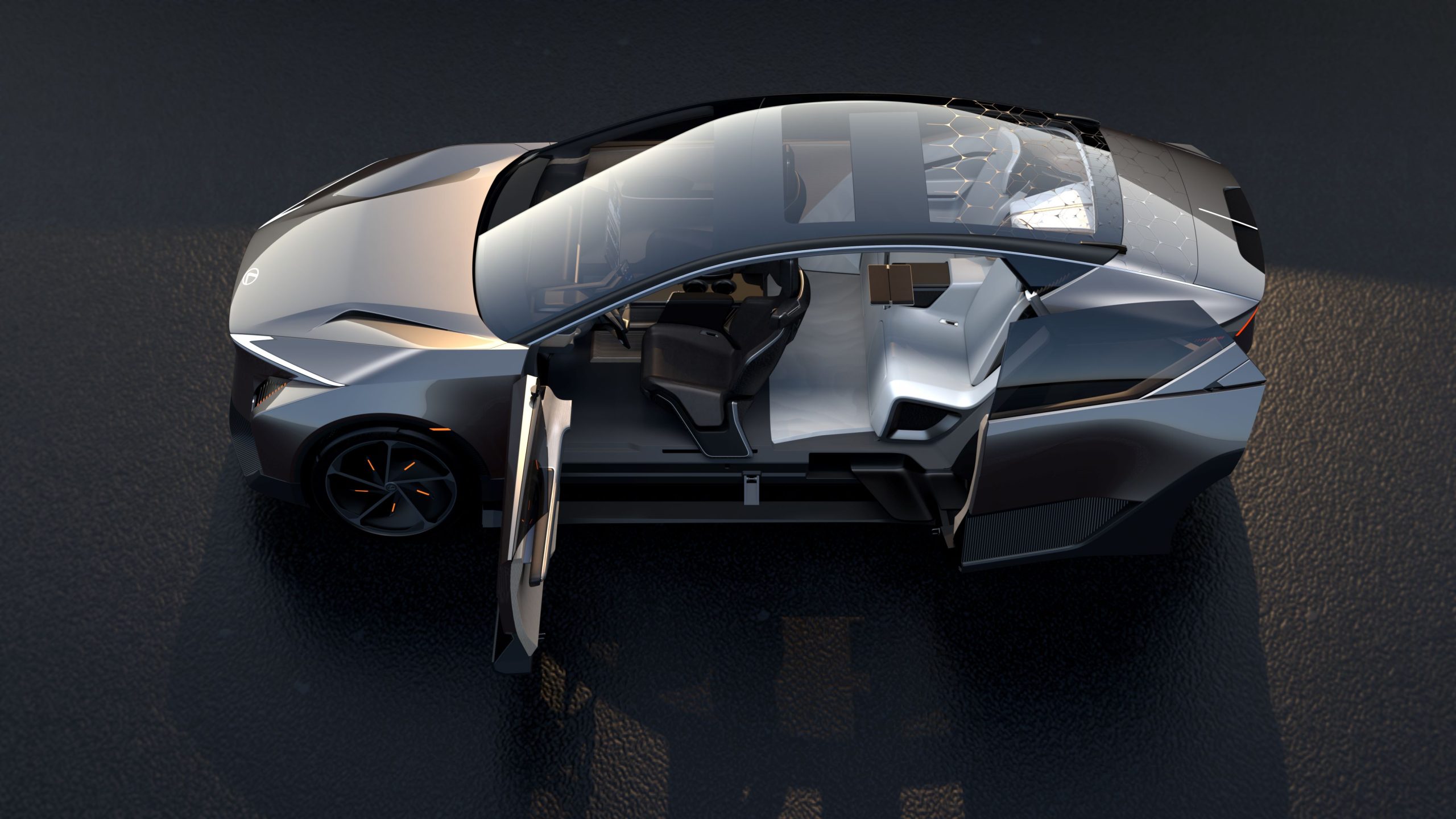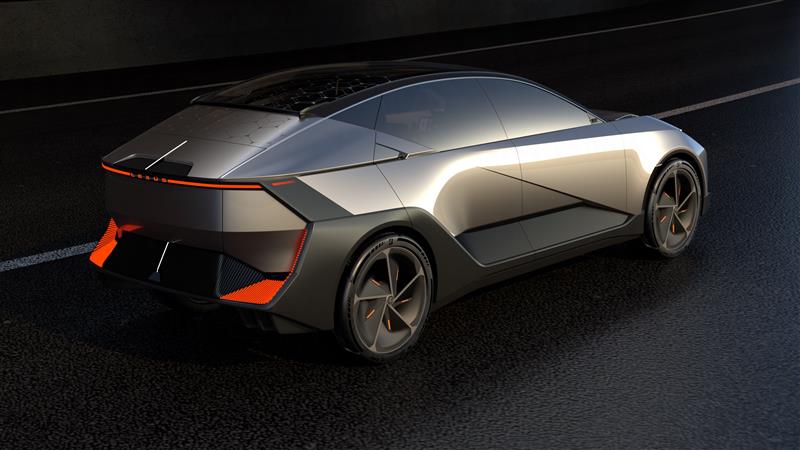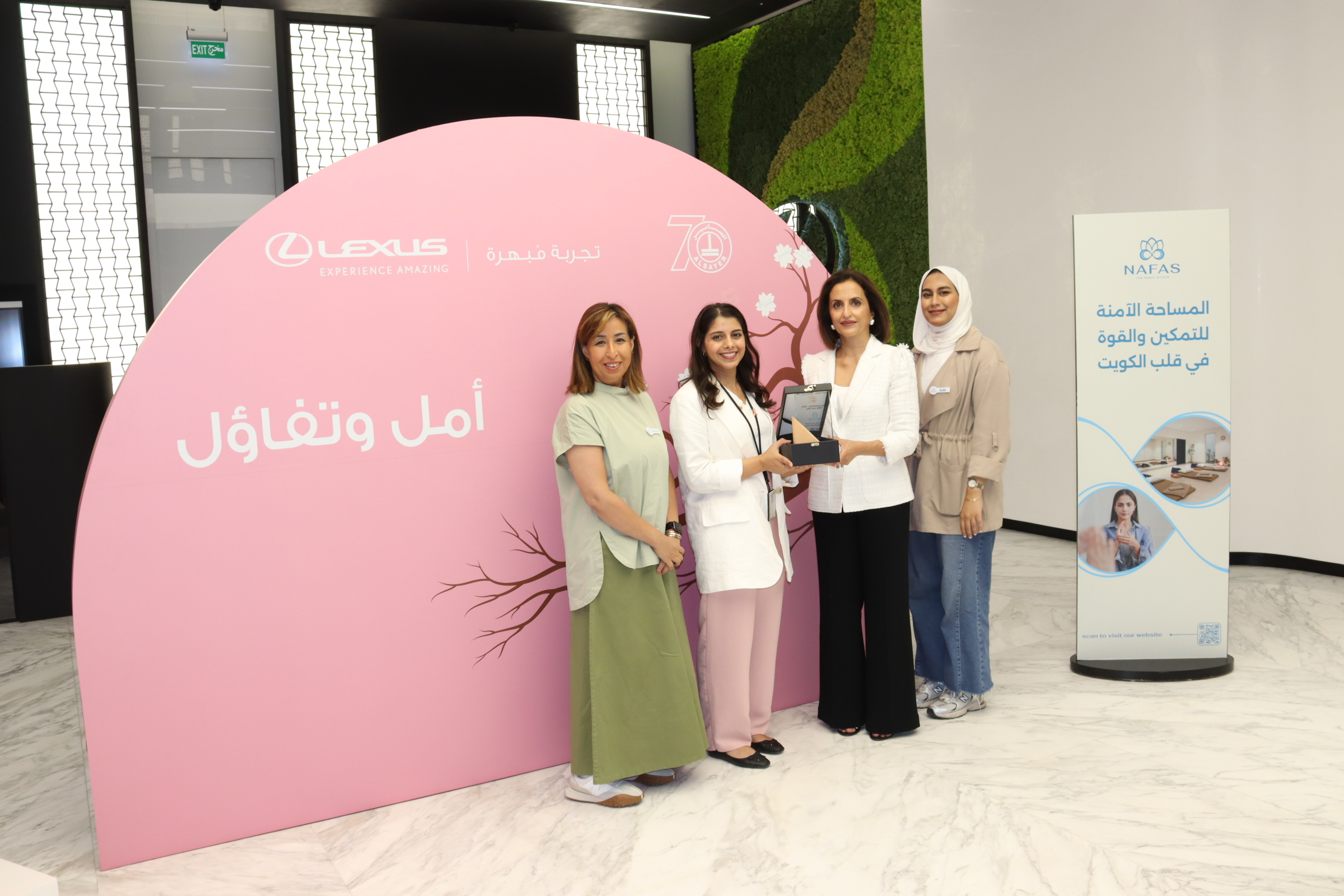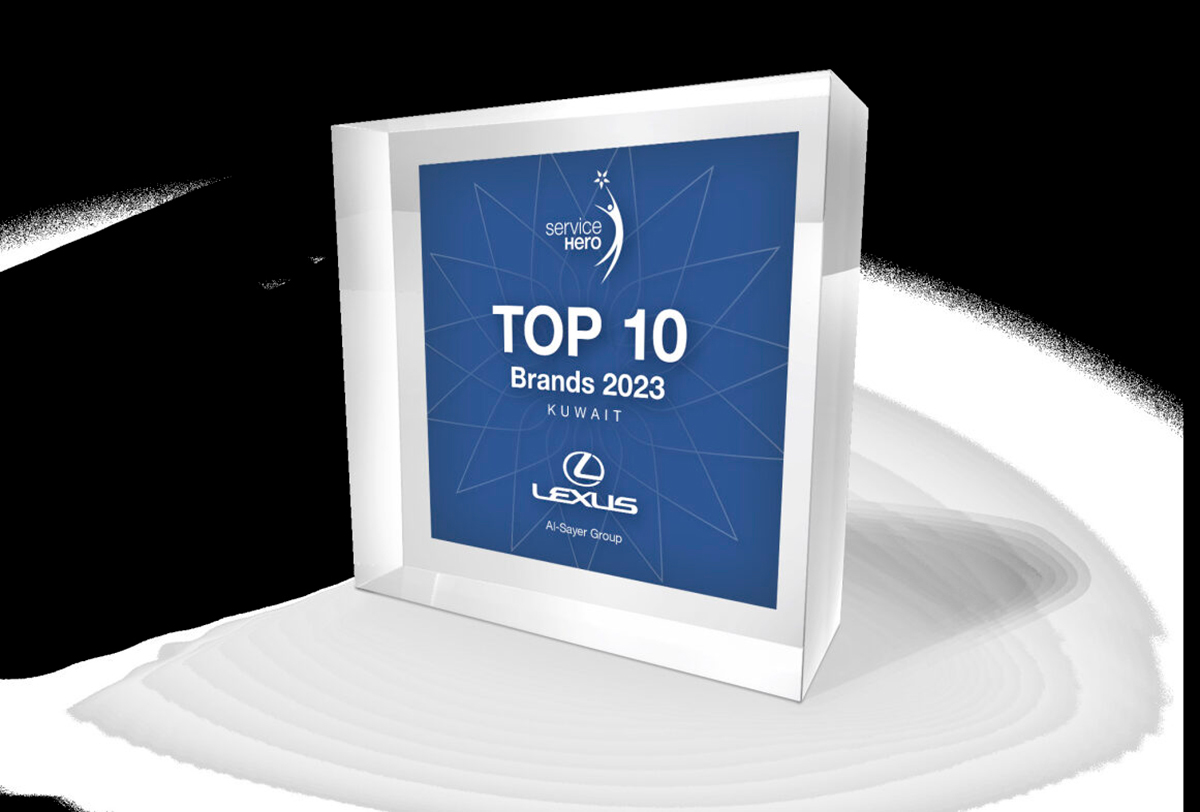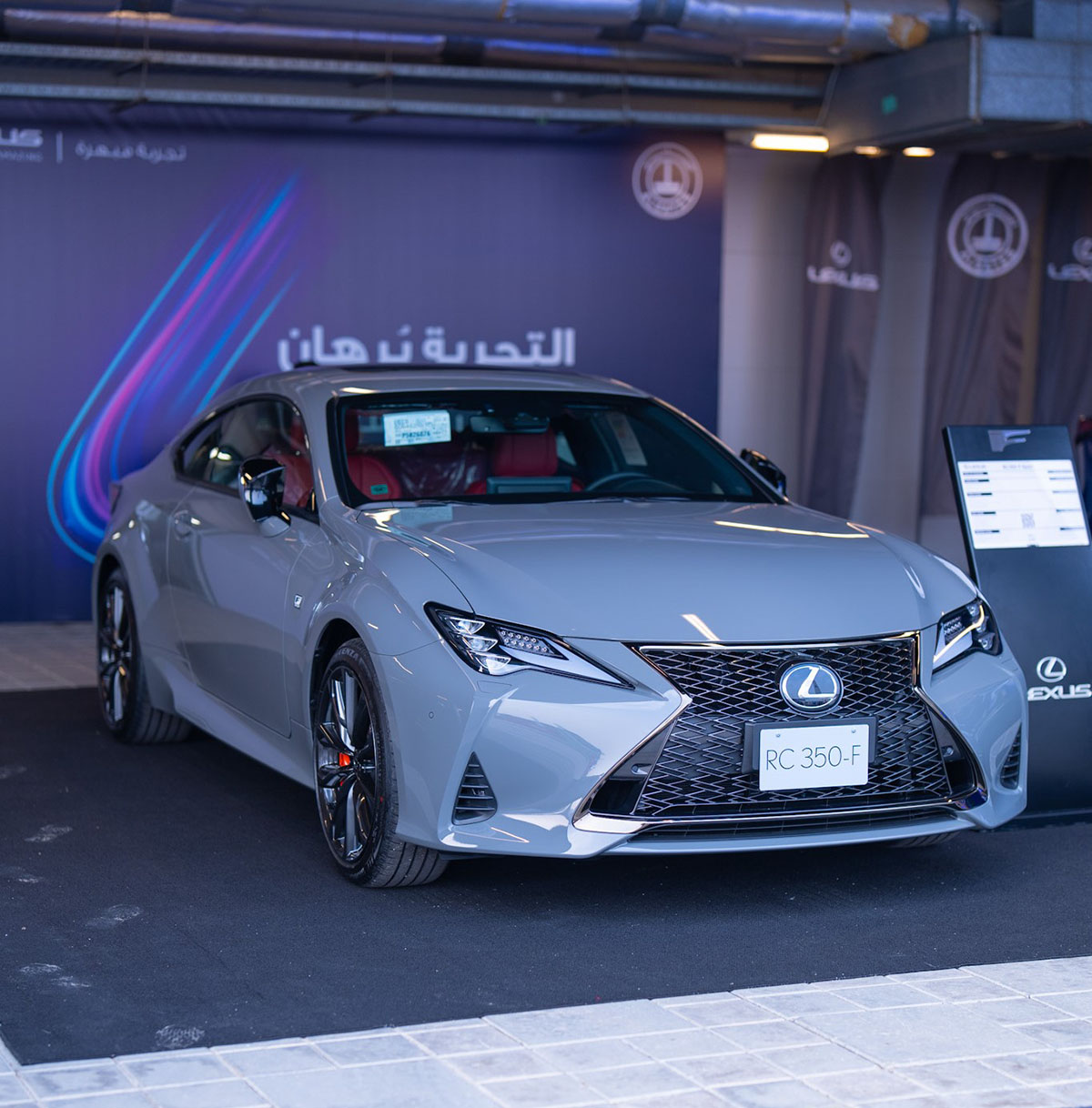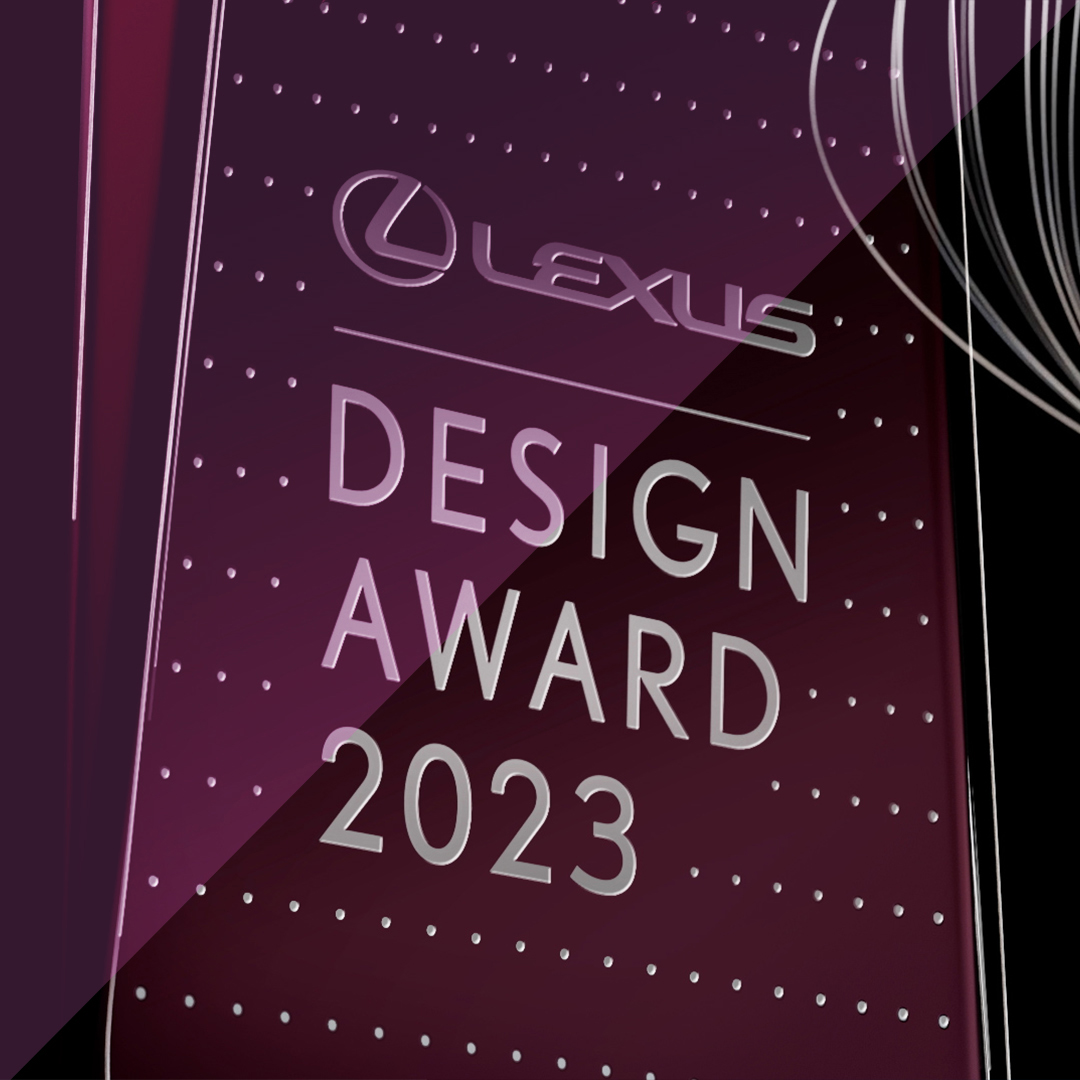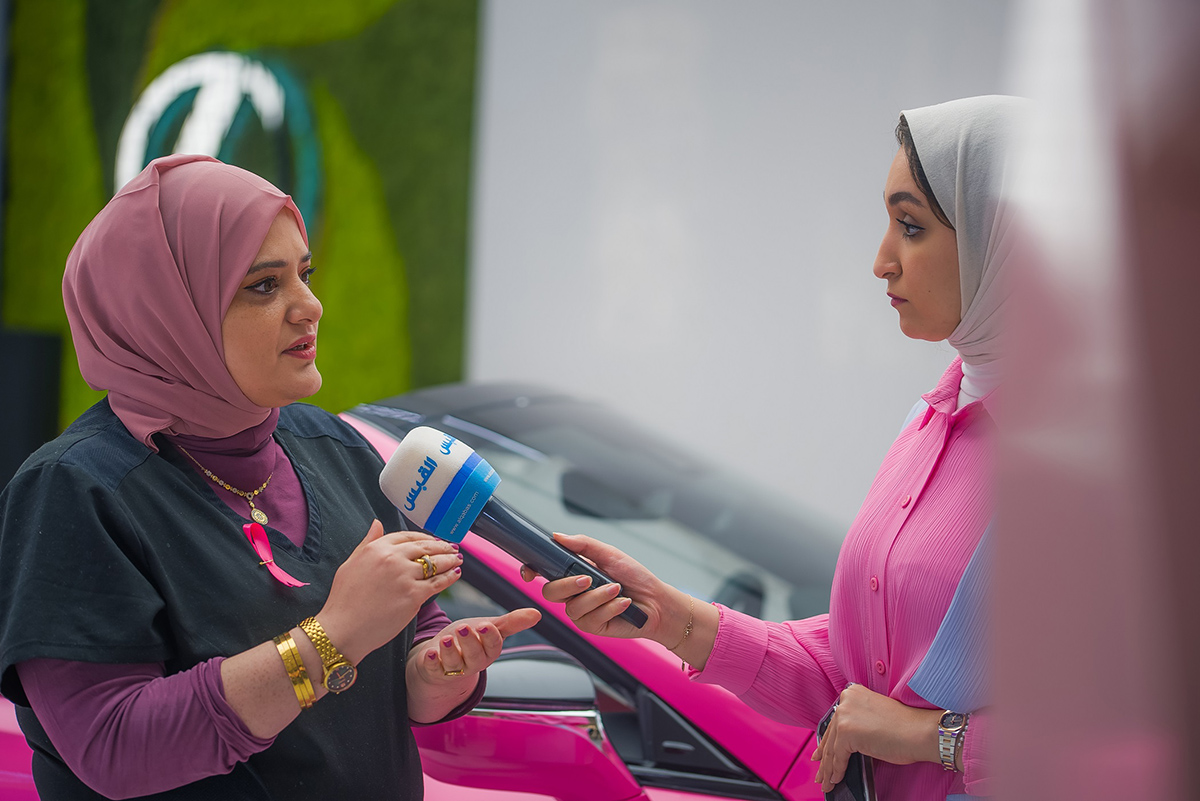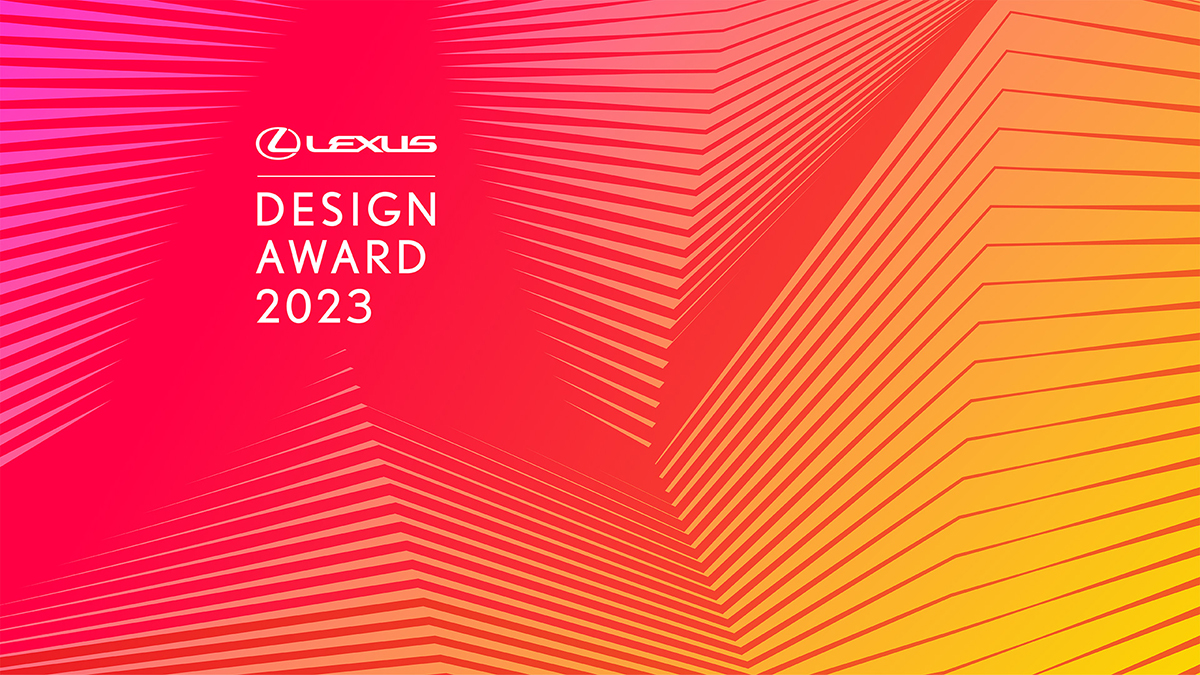Lexus has set out its strategy for a new generation of all-electric vehicles, applying design principles and new technologies that will change the future of cars. The company gave a deeper insight into its roadmap for becoming a 100% battery electric vehicle (BEV) brand globally by 2035.
Since the launch of the RX 400h―the world’s first luxury electrified model―in 2005, Lexus customers have purchased over two million electrified vehicles, as of of today, offers more than 10 models of hybrid electric vehicles (HEVs) and battery electric vehicles (BEVs) in approximately 90 countries and regions around the world. Lexus has always pursued both performance and environmental friendliness.
Through its “Lexus Electrified” vision that Lexus announced in 2019, Lexus aims to realize a fundamental leap in vehicle performance by employing electrification technology, and to continue to provide its customers with the enjoyment and pleasure that cars have to offer.
By 2025, Lexus plans to introduce 20 new or improved models, including more than 10 electrified models such as BEVs, plug-in hybrid electric vehicles (PHEVs), HEVs, in line with the needs of each country and region around the world and based on the concept of offering the right products in the right place at the right time.
LF-ZL and LF-ZC concepts signal future model thinking
The recently unveiled Lexus LF-ZC and LF-ZL concept cars demonstrate how Lexus intends to maximize the potential offered by electrification and innovative technologies to deliver new mobility experiences.
The LF-ZC (Lexus Future Zero-emission Catalyst), previews a new Lexus production sedan scheduled for launch in 2026. It reaps the benefits of Lexus’ electrification experience, with sleek proportions, a low center of gravity, spacious cabin and a design that blends functionality with pleasing aesthetics.
The LF-ZL (Lexus Future Zero-emission Luxury) is a study for a flagship battery electric SUV that enables seamless connection between people, mobility and society. The driving experience can be tailored to each individual user’s preferences and interaction with the vehicle will reach a higher level with the car making personalized suggestions, based on the driver’s style and habits. The use of bamboo as the signature material in the cabin references Japanese tradition, but also reflects a sustainable approach – industrial use of this fast-growing plant is essential to prevent over-growing and protect nature.
Both concepts combine functionality with beauty with a new “provocative simplicity” design theme. This evolves the Lexus identity, using refined, simple design to create a striking presence.
Multi-technology approach and product developments
Lexus will continue with its multi-technology electrification approach, based on three vehicle types: models offering multiple powertrain options, such as the UX, NX and RX SUVs; BEVs using Lexus’ current global architecture platform, such as the RZ; and BEVs constructed using giga casting on a next-generation platform, such as the future model based on the LF-ZC concept. Over the next few years, vehicles will be introduced in each of these three categories, including BEVs, to expand and diversify the Lexus range.
By 2050, Lexus aims to achieve carbon neutrality throughout the lifecycle of its entire model lineup―from the manufacturing of materials, parts and vehicles to vehicle logistics, to the final disposal and recycling of older vehicles. In this perspective, and with a clear mission to achieve carbon neutrality, Lexus will reduce the environmental impact of materials’ manufacturing processes.
